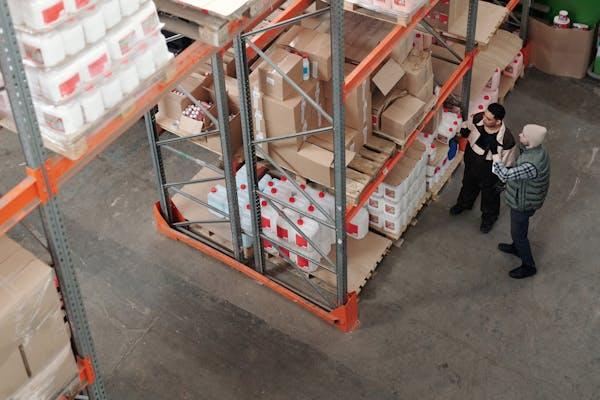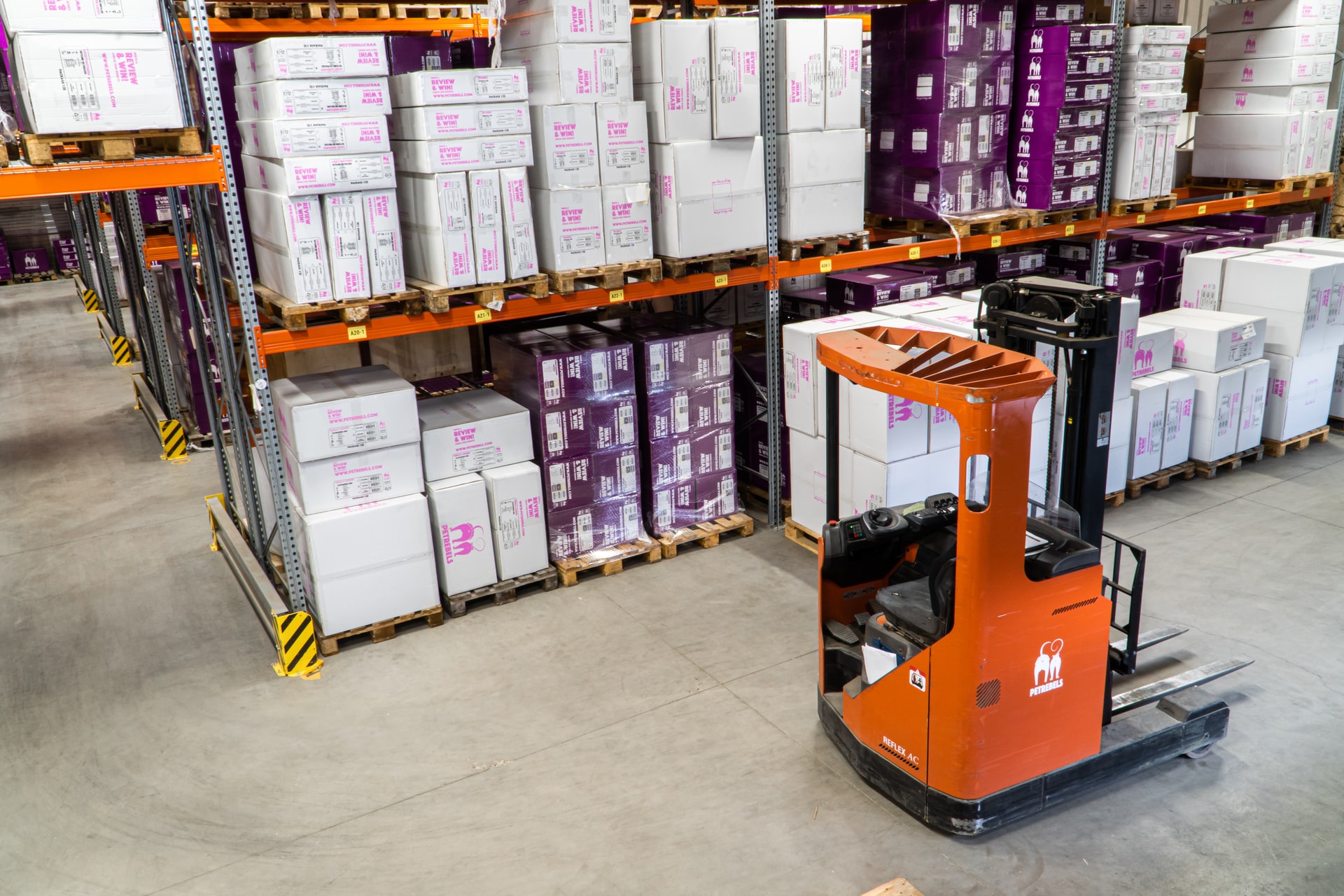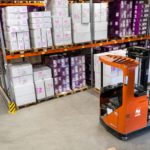In an era where the demand for sustainable, efficient, and versatile packaging solutions is ever-increasing, foam-in-place technology emerges as a front-runner, transcending its conventional use in packaging to offer innovative applications across various industries. This method, utilizing polyurethane foam known for its lightweight, durable, and insulating properties, is steering the future of packaging and beyond, promising to safeguard goods, enhance energy efficiency, and reduce environmental impact. Let’s delve into the innovative uses of this technology that showcase its versatility and environmental benefits, marking a significant departure from traditional bubble wrap and other packaging materials.
The Environmental Paradigm Shift
Foam-in-place technology is not just about protecting items during shipping; it’s about embodying a more sustainable approach to material usage in various sectors. The U.S. Spray Polyurethane Foam Alliance (USSPFA) highlights the material’s low environmental impact, noting that it recoups its production energy within one to two years and offsets greenhouse gas emissions within nine months to eight years. This remarkable efficiency is attributed to its insulating capabilities, which significantly reduce the need for additional heating or cooling, thus conserving energy and lowering carbon emissions. Furthermore, when applied with a UV-stable reflective coating, it contributes to decreased temperatures around buildings, further underscoring its environmental advantages.
Enhanced Building Efficiency
The application of polyurethane foam in construction, particularly for insulation, showcases its role in enhancing building efficiency. Its airtight properties allow for maximum climate control, outperforming other green solutions like solar energy in terms of efficiency. This increased efficiency is beneficial for reducing energy consumption and promoting a healthier environment by lessening the overall carbon footprint of buildings.
Sustainability and Longevity
One of the most compelling attributes of polyurethane foam is its longevity. The material can last indefinitely because it’s protected from UV exposure, maintaining its insulating properties without degradation. This durability is critical to its sustainability, as it reduces the need for frequent replacements or repairs, conserving resources and minimizing waste.
Beyond Conventional Uses
Moving beyond its traditional role in packaging, polyurethane foam finds application in areas as diverse as sports equipment cushioning and building insulation, highlighting its adaptability and effectiveness in various contexts.
Innovations in Comfort and Safety
In the realm of sports and leisure, polyurethane foam contributes significantly to both comfort and safety. Its ability to absorb impact and distribute pressure evenly makes it ideal for padding in helmets, protective gear, and even in the construction of athletic fields and playgrounds, where its shock-absorbing qualities can prevent injuries.
A Versatile Material for Creative Solutions
Polyurethane foam’s unique properties also lend themselves to creative applications, such as sound insulation in studios or as a core material in lightweight yet sturdy stage props and set designs. Its ease of shaping and customization allows for innovative uses beyond the scope of traditional materials, offering endless possibilities for industries looking to incorporate sustainable and efficient solutions.
Looking to the Future
As the world gravitates towards more sustainable and efficient materials, foam-in-place technology stands out as a versatile and environmentally friendly option. Its applications, ranging from insulation to building and beyond, demonstrate the material’s potential to revolutionize industries and contribute to a more sustainable future.
Embracing Renewable Resources
The shift towards using renewable resources in producing polyurethane foam is a critical step in reducing the material’s environmental impact. Innovations in bio-based polyols and exploring recycling methods are paving the way for a more sustainable production process, aligning with global efforts to minimize dependency on fossil fuels.
The Role of Technology in Foam Applications
Advancements in technology, such as 3D printing, are set to expand polyurethane foam applications further, enabling customized solutions for insulation, packaging, and beyond. These technological innovations will facilitate the development of more efficient, tailored foam applications, enhancing their role in sustainability and efficiency.
Conclusion
The journey of polyurethane foam from a simple packaging material to a key player in sustainable and innovative applications underscores its potential to transform industries. Beyond bubble wrap, it represents a future where packaging and insulation are about protection and efficiency and about embracing environmentally responsible practices. As we continue to explore and expand the uses of polyurethane foam, its role in shaping a more sustainable and efficient world becomes increasingly evident, promising a future where the material’s full potential is realized across a broad spectrum of applications.















